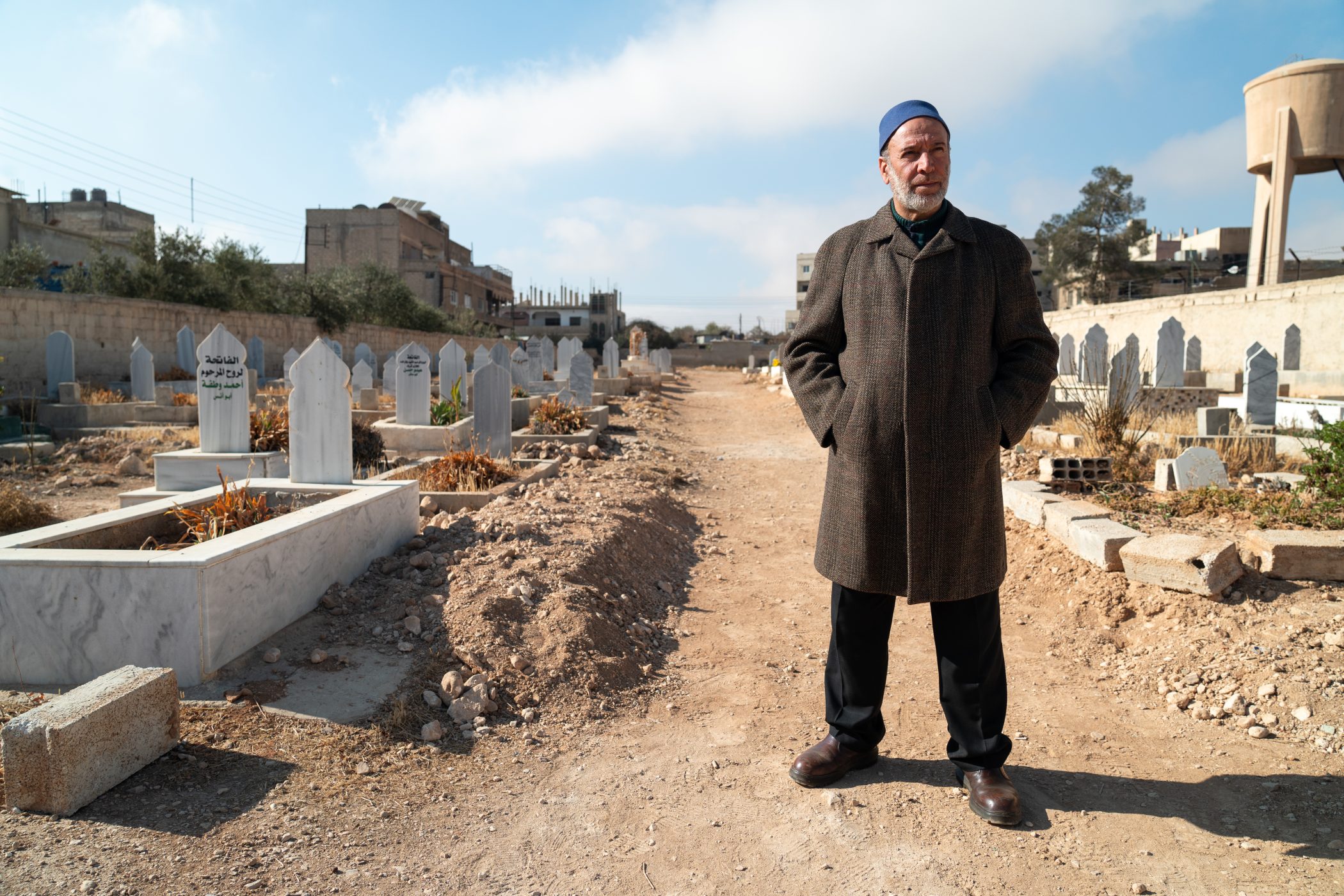This post is also available in: Bosnian
Mohammed Alshiekha looks out over the cemetery in al-Qutayfah, near Damascus, from his bedroom window. An architect, he lives right next to it. He well remembers the pungent smell of death when the anonymous dead bodies were brought in.
For years, he watched refrigerated trucks dumping corpses in the evening and at night. They were buried in large pits dug in-between the regular graves.
He didn’t talk about it; that was not allowed and would have cost him his own life. But today he points out the places where hundreds of bodies are probably buried.
Further along in town is one of the former headquarters of the Mukhabarat, the dreaded former secret service.
It was one of many places in Syria where people were held, tortured and often killed. Now it is a police station, crowded with young men with dark beards and Kalashnikovs over their shoulders. A green-white-black flag has been provisionally stuck on a door; the new flag of Syria, with three stars instead of two.
A man who goes by the nom de guerre Abo Amor is now in charge of the police station. He said the families of missing people sometimes received visits from the old secret police.
“‘Your son died’ was the only thing they were told,” he said in his new office. “They didn’t receive any information about the body, or whether there had been a funeral or not – just an ID,” he added.
Months after the fall of the Assad regime, the many suspected mass graves in the country remain unexcavated.
One big site, about 20 kilometres north of the capital, is as big as several football pitches, surrounded with a red painted wall.
Tens of thousands of people might be buried here without names, but often with loved ones still waiting for them. There are a few normal graves at the site as well. Some graves are half-open. A white bag lies above one. It has bones and a skull in it.
“So far, we weren’t able to uncover all the bodies in the mass gravesites due to a lack of equipment and facilities for such a task,” Abo Amor said.
“We are waiting for the right time to be ready to finally uncover these bodies from the mass grave sites.”
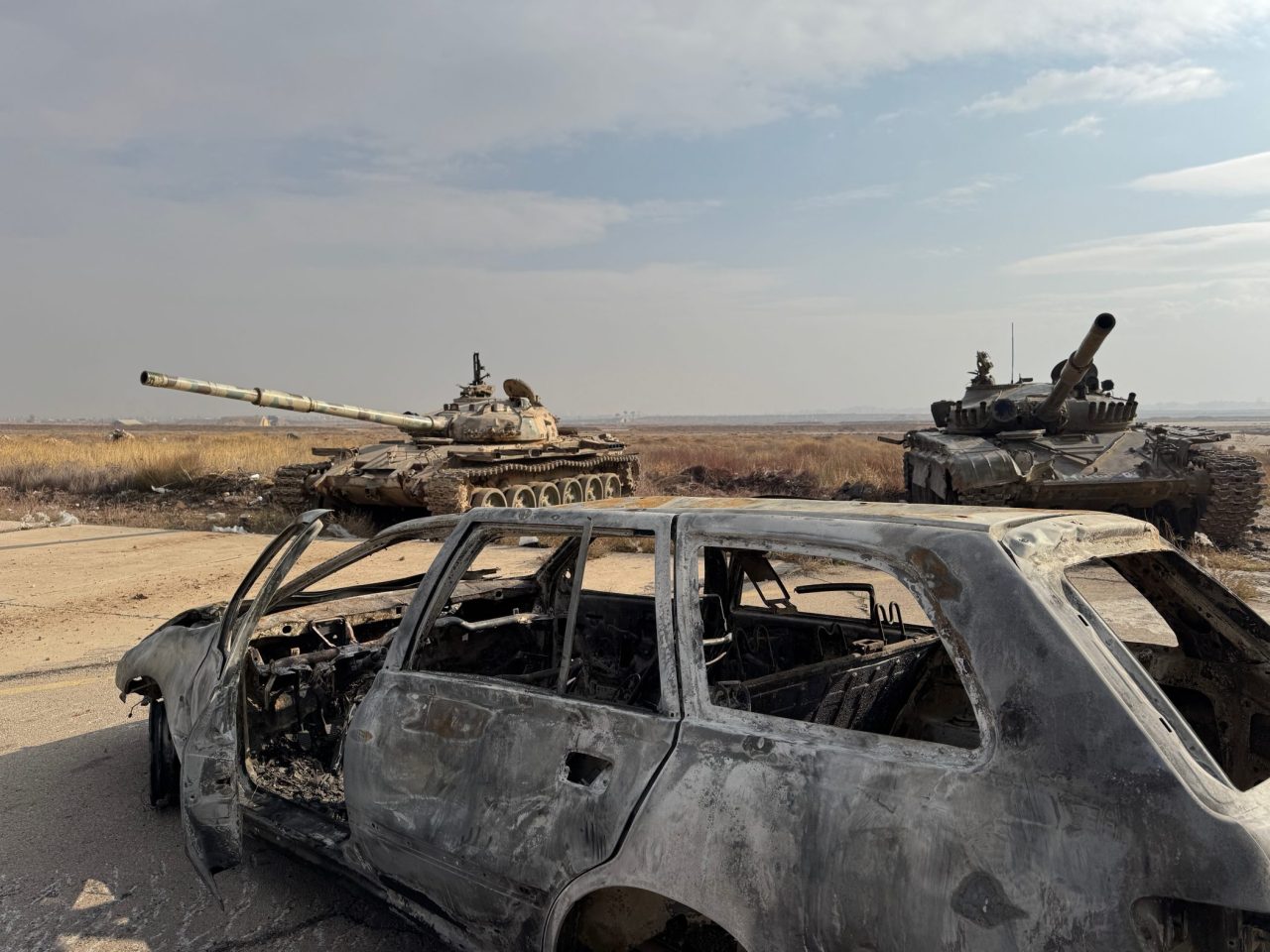
Destroyed vehicles and tanks at Mezzeh Air Base near Damascus. Photo: Detektor
Some 150,000 Syrians are listed as missing persons according to the United Nations. Local organisations say the true number is likely more than 200,000. Many of them probably lie in one of the mass graves that have been exposed since the fall of dictator Bashar al-Assad, some months ago.
The new rulers in Syria, the fighters of Hay’at Tahrir al-Sham, HTS, are interested in the expertise built up by the International Committee on Missing Persons, ICMP, which is based in the Bosnian capital Sarajevo and The Hague.
The head of ICMP’s Syria mission spoke with Syria’s Foreign Ministry recently. He wants delegates of the new government to come to Bosnia to visit Sarajevo, Tuzla and Srebrenica to find out more about what could be done.
‘Waiting for the right time’
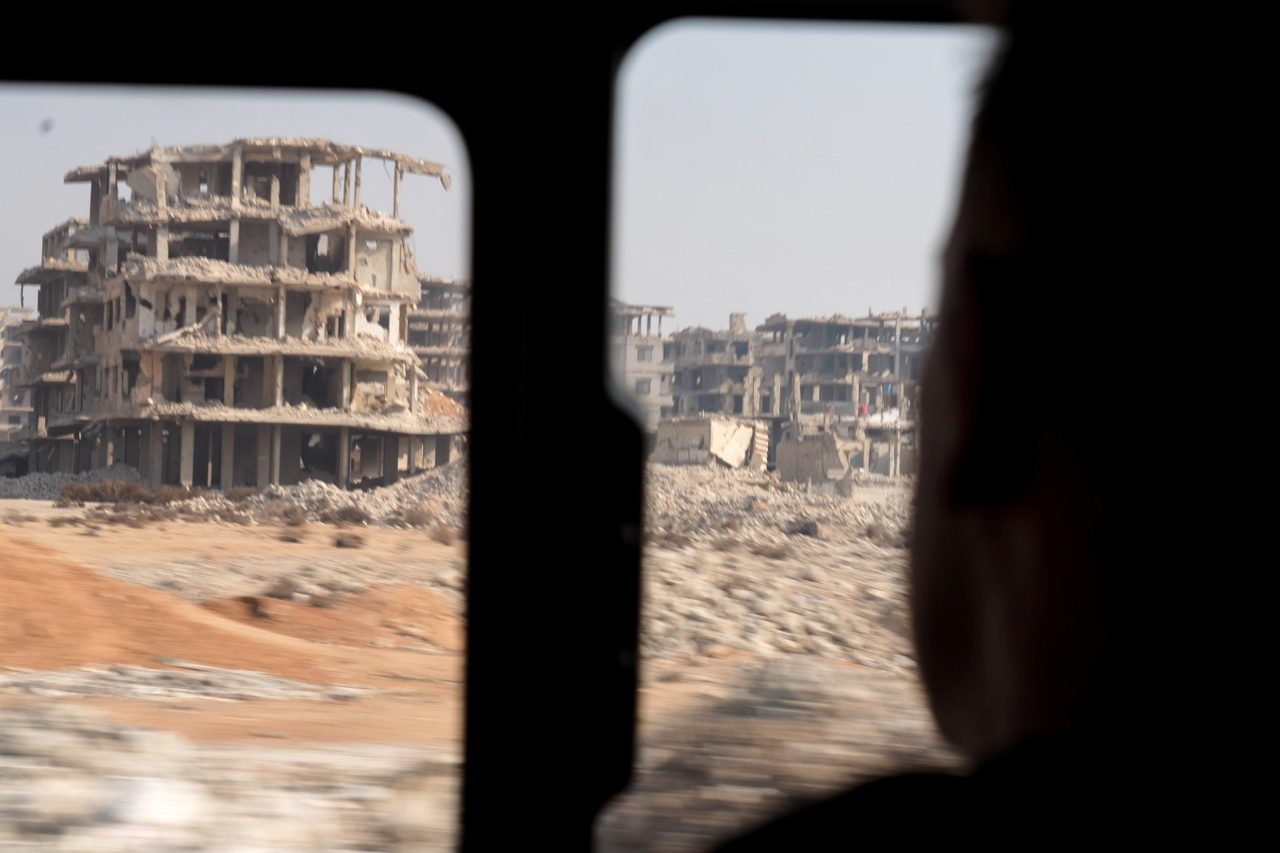
Suburbs of Damascus. Photo: Detektor
“The scale is so huge,” sighs Mazin Albalkhi, who is of Syrian origin himself and has been based in Gaziantep, Turkey, since the beginning of the civil war in 2011.
From there, the organisation was busy mapping possible mass graves in Syria for years. Now Assad has fled to Russia, it is suddenly possible to conduct these assessments on the ground in Syria itself.
Albalkhi said that during a visit to his homeland he spoke with various people from the Foreign Ministry, including the new minister.
Back in Gaziantep, he is awaiting a message from Damascus. He hopes to travel to Syria soon again, for a more formal meeting with the minister, as the ICMP is keen to help the new government with this gigantic task.
“We might be able to support with safeguarding the mass graves, collecting DNA samples from the families of the missing persons from the remains of the bodies in the mass graves – and also do matching crossings at our labs in The Hague,” Albalkhi explained.
Another option is for the ICMP to build labs in Damascus in collaboration with the local authorities and the government. Knowledge and experience built up in Bosnia will assist this effort.
It is not only a matter of the right time. A lot of help from the ICMP is needed for this big task.
Founded by former US President Bill Clinton in 1996, it focused in the first years of its existence on the missing persons from the 1990s wars in Bosnia and Croatia.
In its first 20 years, ICMP was able to identify 70 per cent of the missing persons from the wars in former Yugoslavia. Some 7,000 of the 8,000 missing persons from the 1995 genocide in Srebrenica were found, identified and reburied as a result.
The ICMP’s first headquarters were in Sarajevo, but in 2014 it moved to The Hague in The Netherlands. But the branch in Sarajevo remains open. Both have labs for forensic research.
‘The Bosnian experience is the foundation’
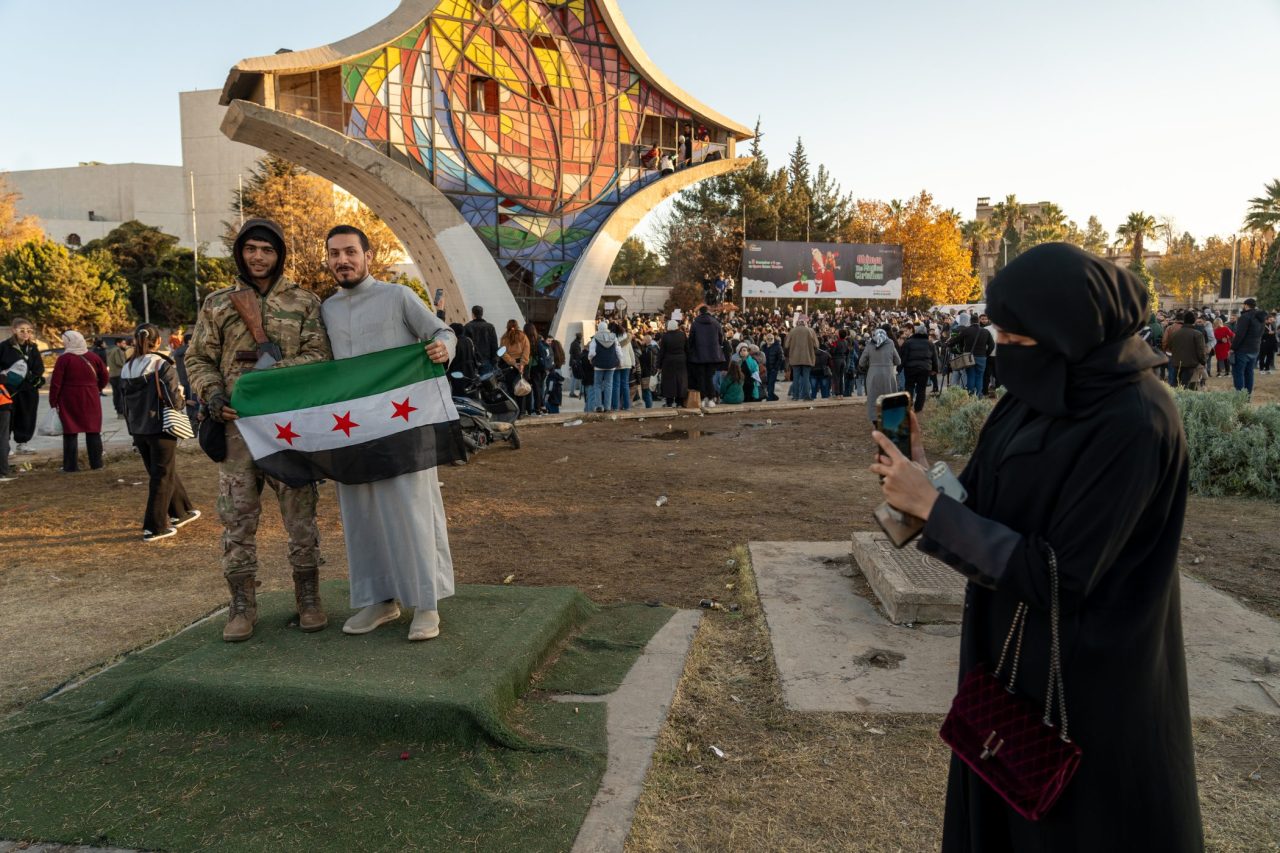
Syrians celebrate the fall of the regime. Photo: Detektor
Qais Almourad could have been one of the missing persons. He was held for almost three years in Sednaya Prison, north of Damascus, known as the “human slaughterhouse”.
He survived torture and horrific conditions and was released in late 2014. He now works for the Association of Detainees and the Missing in Sednaya Prison. The organisation is one of ICMP’s local partners.
“There is still a lot of uncertainty,” he said. “The new government, or interim government, has not yet made any decisions about this, not even whether there will be a special court. We are still seeing a lot of chaos… but now data and [mass grave] locations are better protected.”
Shortly after the fall of Assad, families and friends of missing persons flocked to prisons like Sednaya and other locations of the old Mukhabarat, looking for loved ones, or at least proof of their death.
In the chaos, thousands of identity documents and passports, file folders, forms and photographs were taken away from various places in the country. Before that, a lot of evidence was destroyed as the Assad regime’s secret service staffers set fire to rooms full of file folders just before they fled. They ripped hard drives out of computers and took them away.
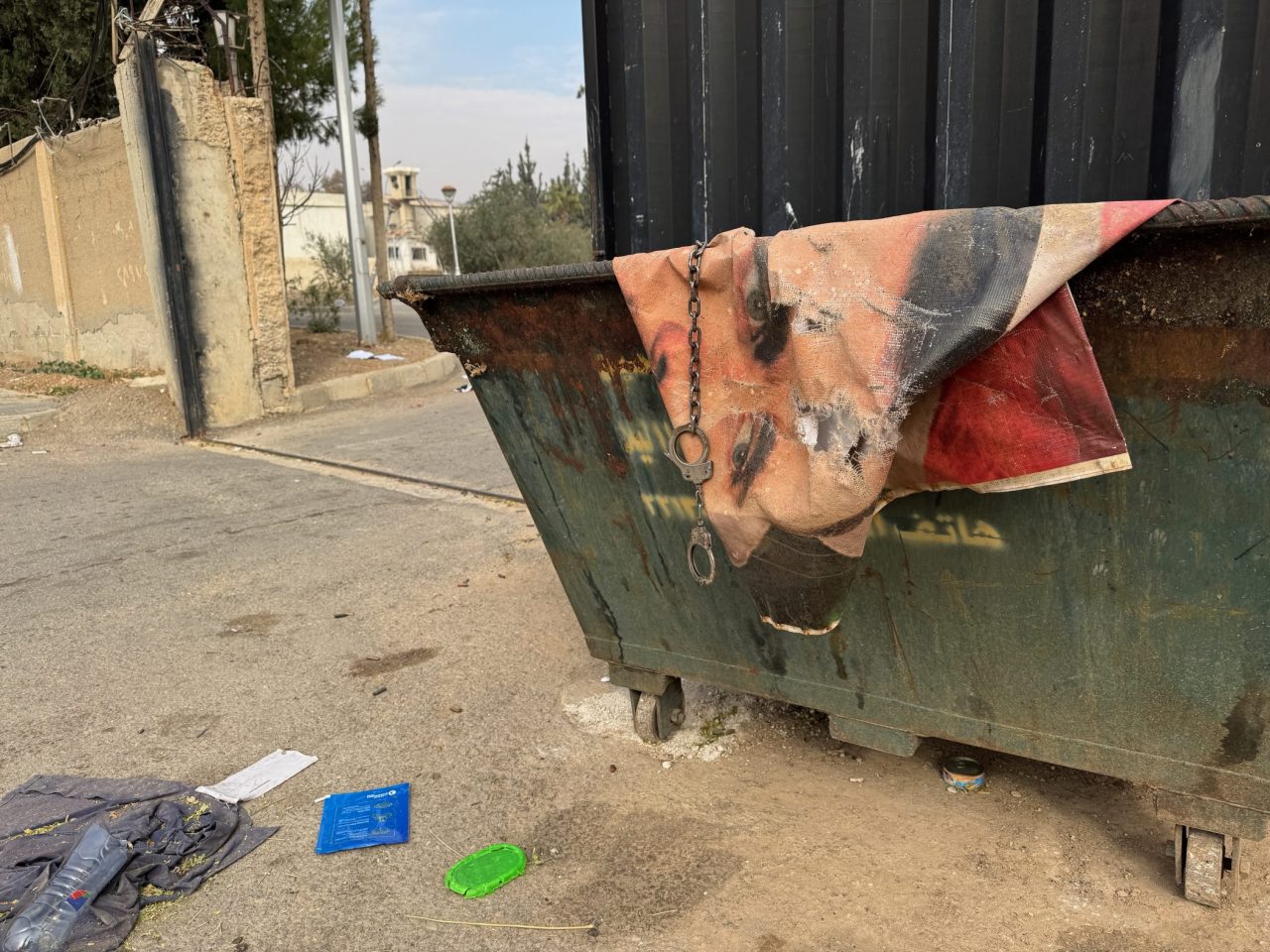
Photo of Bashar al-Assad thrown into a dumpster. Photo: Detektor
Almourad says cooperation between government, local and international organisations and the population itself is key. He believes Bosnia has set a good example. There, the population and survivors have been given an important voice, for example at the Srebrenica Memorial Centre, where the identified victims of the 1995 genocide are reburied.
“They made a museum of this place of violation. The locals contributed to building this place. This was the foundation that we have to rely on, from the Bosnian experience,” he said.
“It is governmental cooperation on one hand and cooperation with the people on the other hand. This is the basis of what we can transfer from the Bosnian experience to Syria,” he added.
Mazin Albalkhi, the head of the ICMP’s mission to Syria, agrees. That is why he invited the new rulers in Syria to visit Sarajevo. He hopes they will come in the next few months, even before summer. “They showed interest in coming to Sarajevo, to Srebrenica, to Tuzla to see our labs and how we have worked there over the last three decades,” he said.
They may not make it in such short time. The new caretaker government has a lot on its plate. As Albalkhi says: “They are busy.”
But he added that “one of the big files, one of the big issues on the table, is the missing persons”.
Meanwhile, he awaits a phone call from the Foreign Ministry. He hopes it will come soon, so the long road to justice can start, so the missing can get a normal funeral – and those responsible for their deaths are jailed.
